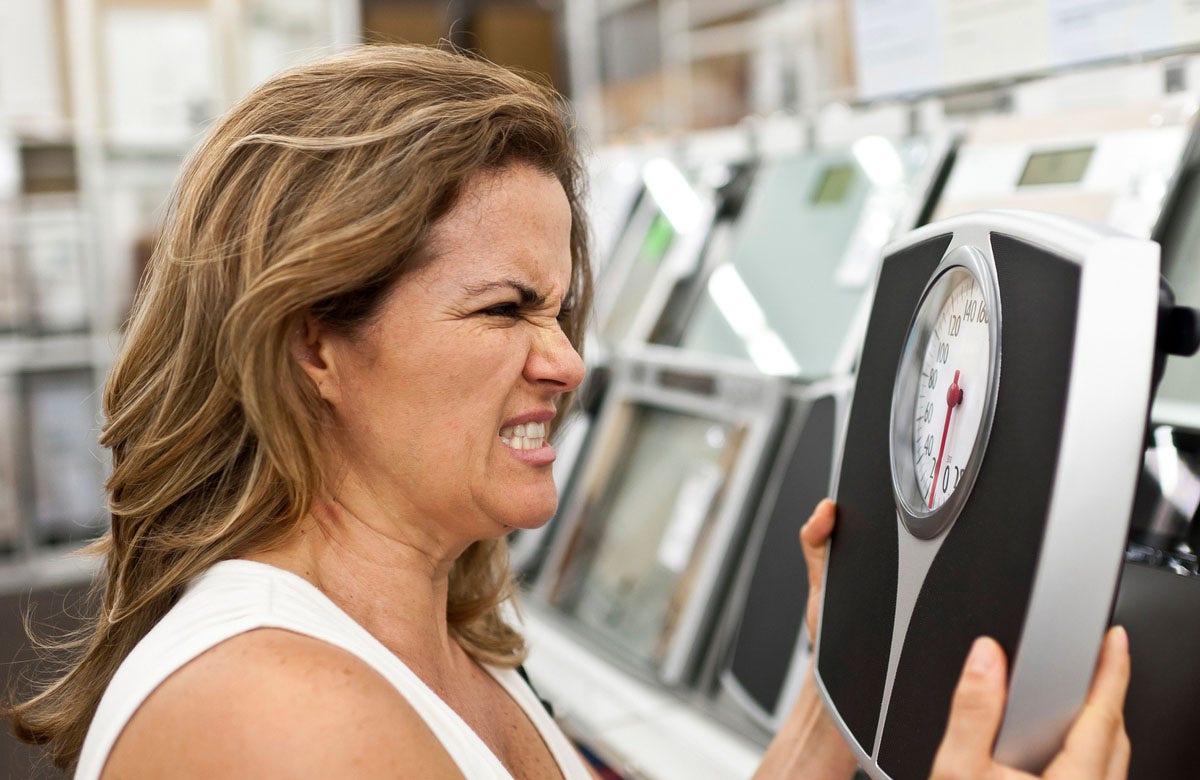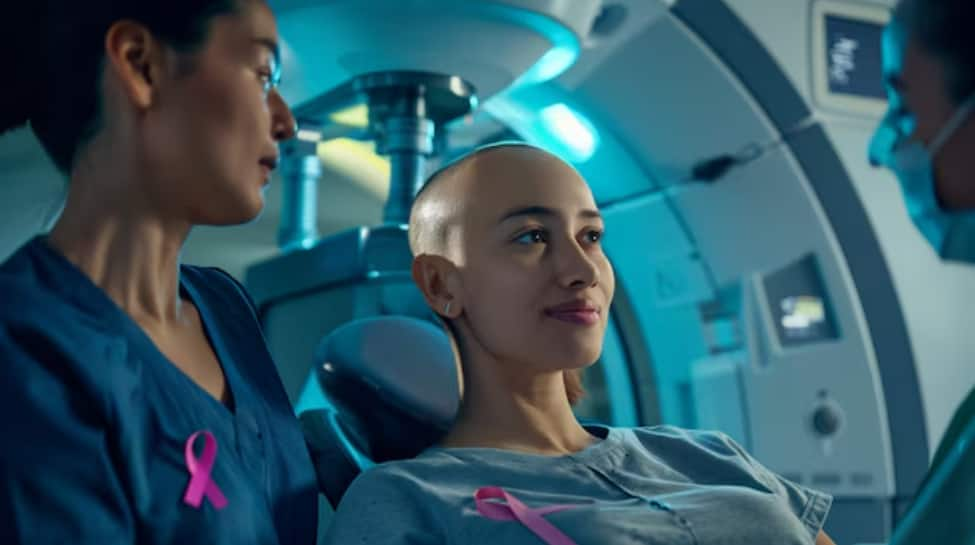New guidance says breast cancer screenings should start 10 years earlier than previously recommended, meaning mammograms for women at average risk should be done every other year beginning at age 40.
The U.S. Preventive Services Task Force, an independent panel of national experts who issued the draft guidance Tuesday, estimates that the change could result in 19% more lives saved from the disease.
Aside from skin cancers, breast cancer is the most common cancer in women in the United States, according to the American Cancer Society, accounting for about 30% of all new female cancers each year.
To help better understand the process, we’ve gathered answers to the most common mammogram and breast cancer screening questions:
What are mammograms?
A mammogram is an X-ray picture of the breast used to look for early signs of breast cancer.
Standing in front of a special X-ray machine, your breast will be firmly pressed between two plates to flatten it and hold it still while the X-ray is being taken, the Centers for Disease Control and Prevention explains.
“You will feel some pressure. The steps are repeated to make a side view of the breast. The other breast will be X-rayed in the same way,” the CDC says.
The agency notes that a mammogram is “the best way to find breast cancer” for most women of screening age.
What about screening with breast ultrasound or MRIs?
Mammograms are the most widely used type of screening exam, but there are other methods.
A breast MRI, which uses magnets and radio waves to take pictures, may be used with mammograms to screen women at high risk for breast cancer.
A breast ultrasound, which uses sound waves and their echoes to make computer pictures of the inside of the breast, can show certain changes that can be harder to see on mammograms, the American Cancer Society adds.
Though it is not typically used as a routine screening test, it can be helpful for women with dense breast tissue.
What does dense breast tissue mean?
Breast density is a measure of how much fibrous and glandular tissue there is in your breast compared to fat tissue, the American Cancer Society explains.
About half of American women over the age of 40 are considered to have dense breasts — and having this type of tissue is linked to a higher risk of developing breast cancer, although experts are not sure why. Denser tissues also make it more difficult to spot signs of cancer on a mammogram. For this reason, additional screening using an MRI or ultrasound may be advised.
“Having dense breast tissue is common. Some women have more dense breast tissue than others. For most women, breasts become less dense with age. But in some women, there’s little change,” the American Cancer Society’s website states.
Do mammograms hurt?
Though mammograms can feel uncomfortable, getting one is usually not a painful process.
“It’s sort of awkward,” Dr. Céline Gounder, a CBS News contributor and editor at large for public health at KFF Health News, shared recently on “CBS Mornings.” “You have your breasts compressed between two plates, but it’s not painful.”
The CDC notes any discomfort is over soon, since a mammogram only takes a few moments.
“What you feel depends on the skill of the technologist, the size of your breasts, and how much they need to be pressed,” the CDC adds. “Your breasts may be more sensitive if you are about to get or have your period.”
Can mammograms cause cancer?
No. “A mammogram does not give you breast cancer, it’s really important to know,” Gounder says. “A lot of times people will say to me, ‘that test gave me such-and-such disease,’ and no, it helps you find out that you have it (and) it helps you get care more quickly if you have it.”
Because mammograms are X-ray tests, they do expose the breasts to low amounts of radiation, the American Cancer Society explains.
“The benefits of mammography outweigh any possible harm from the radiation exposure. Modern machines use low radiation doses to get breast X-rays that are high in image quality,” the organization’s website states, noting that people in the U.S. are exposed to some radiation each year just from their natural surroundings.
What age should you start getting regular mammograms?
The U.S. Preventive Services Task Force’s latest draft recommendation is for screenings every other year starting at age 40 for women at average risk. That’s 10 years earlier than the panel previously recommended in 2016. Before, the recommendation was for women in their 40s to make an individual decision about screenings based on their health history.
“New and more inclusive science about breast cancer in people younger than 50 has enabled us to expand our prior recommendation and encourage all women to get screened every other year starting at age 40,” Dr. Carol Mangione, immediate past chair of the task force, said in a press release. “This new recommendation will help save lives and prevent more women from dying due to breast cancer.”
Other organizations already recommended annual mammograms before age 50.
The American College of Obstetricians and Gynecologists recommends beginning mammograms at age 40, every year or two, while the American College of Radiology advises getting one each year beginning at 40. The American Cancer Society recommends yearly mammograms starting at age 45, with the option to start earlier based on the individual’s preference.
What age can you stop getting regular mammograms?
In their latest draft guidance, the U.S. Preventive Services Task Force found that there is not enough evidence to make a recommendation for or against screening in women ages 75 and older, calling for more research on this topic. Instead, the group advises making a decision with your doctor based on health needs and history.
According to the American Cancer Society, screening should continue as long as a woman is “in good health and is expected to live at least 10 more years.”
Does insurance cover mammograms?
The CDC says most health insurance plans are required to cover mammograms every one to two years beginning at age 40 with no out-of-pocket cost.
While the Affordable Care Act provides free mammograms under these specifications, many people can be hit with unexpected bills for second looks and follow-up tests.















































